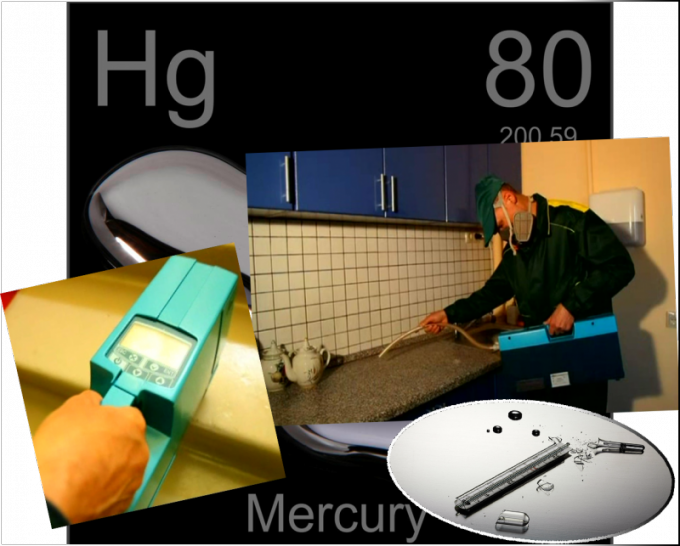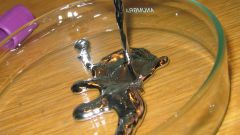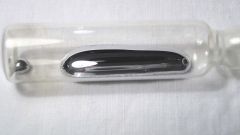Mercury, as an integral part of the body
As a metal, mercury does not exist in nature. IT is obtained from cinnabar, a mineral, bright scarlet rich color of the crystal. For humans it is not dangerous.
Mercury is present in any living organism. In addition to finding mercury in the tissue or organ of man, which is about 13 mg, greater degree it accumulates in the kidneys, liver and Central nervous system. Is a mercury compound with protein molecules, which blood passes through these organs.
The amount of mercury in the body depends on the conditions of life, food and residence, are accustomed to people. A tiny amount of mercury in greater or lesser extent, present in seafood, vegetables, meat of animals.
But to live is abandoning the mercury - it is impossible. It has unique properties and replacing it to find it is not necessary. Mercury is and excellent catalyst in inorganic synthesis, a necessary substance in the manufacture of medicines. Science can not do without it in the study of superconductivity, various atmospheric phenomena and in many other ways, the more detailed in other sources of information. We return to our daily lives, where, along with the beneficial properties of mercury, it can also represent danger.
Mercury and human health
Mercury is not excreted, and builds up modern. Thus, there is chronic poisoning. Even short-term contact can lead to poisoning. For poisoning with large doses, there is a metallic taste in your mouth, and then, nausea, vomiting.
Signs of poisoning are: fatigue, insomnia, lacrimation, skin irritation, diarrhea, lack of appetite, runny nose, there are memory lapses. In more severe cases of poisoning, there is a disorder of the brain, immune system, lungs and kidneys. Muscle tremor, sudden weight loss. In children, there is retardation in mental development.
Mercury should be treated with extreme care. Seen somewhere in your house shivering, silvery drop, is not dangerous in itself, and those toxic fumes that evaporate from it. Safe levels of mercury content in air is 0.016 mg for one cubic m. But only 1 gram of mercury can poison more than 3 million cubic metres of air, and in just one medical thermometer, it is about 3 grams.
Mercury vapor absorb different surface areas: fabric, linoleum, parquet, plaster, etc. When you change the room conditions (temperature, mechanical action), the mercury flows back into the volume of the room. And so can continue indefinitely until, until you applied decontamination.
How to check the presence of mercury in the apartment
Decontamination - the main measure for cleaning up mercury pollution. If you accidentally broke a thermometer and gathered all raskatyvaete bulbs, the room can still be infected. This can be understood only with the help of a special device - gas analyzer. Then chemical spraying. The purpose of chemical treatment is to oxidize the dangerous fumes. Specialists fill the entire room with chemicals containing iodine. In the result, the pair will turn into oxide or chloride of mercury and then it is not a simple operation. This is a service of chemical demercurization. Otherwise, the mercury does not remove.





